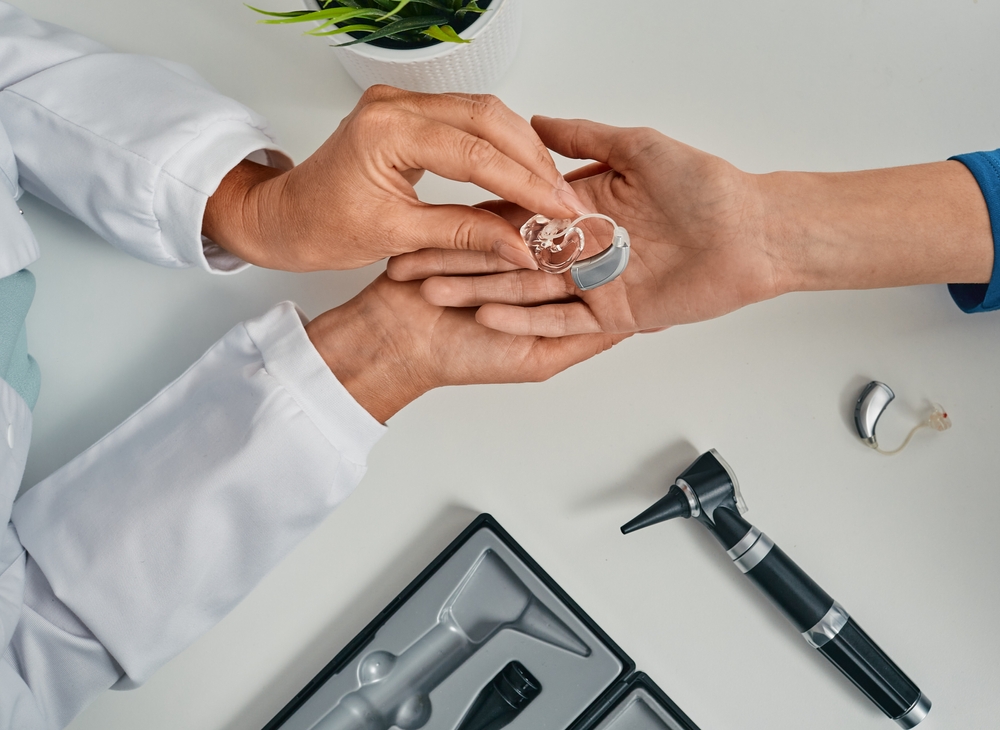
Hearing aids are essential for strengthening daily communication by improving the clarity of sound. To keep them functioning at their best, routine maintenance and professional cleanings are crucial. As an outcome of extended use, a buildup of earwax, moisture, and other particles can occur, causing performance to decline. Identifying when to seek professional servicing can help prolong the longevity of your hearing aids and maintain optimum performance.
The importance of professional hearing aid cleaning
In spite of routine maintenance at home, hearing aids can gradually accumulate debris that could impact how well they work and the quality of sound they generate. Routine upkeep provides numerous advantages:
- Extensive Sanitizing– Thoroughly eradicates obstinate earwax, dust, and moisture that routine cleaning techniques often miss.
- Enhanced efficiency – Gets rid of barriers that may result in muted audio or distortion.
- Extended Lifespan– Prevents premature wear and tear, reducing the need for repairs or replacements.
Routine professional cleanings keep your hearing aids functioning efficiently, minimizing the chance of unforeseen malfunctions.
Indications your hearing aids need professional servicing
Not sure if your device is due for a deep clean by a pro? Look out for these obvious signs that it’s time to call in the experts:
- Unclear or Garbled Audio: If voices and background noises appear feeble, muffled, or altered, the problem may be caused by blockages, including earwax or debris, obstructing the device’s microphone or speaker.
- Continuous Feedback or Screeching: A squeaky noise at a high frequency (feedback) could indicate a blockage from earwax or a poorly device. A professional cleaning can help eliminate blockages and refine the fit.
- Issues with Volume Control: If adjusting the volume doesn’t seem to have the desired effect, internal components may require repair or software reset.
- High humidity can impact the device’s internal components, resulting in sporadic audio disruptions or unreliable button control. A professional repair professional can evaluate and address any moisture-related concerns.
- If you recognize a noticeable increase of earwax or dirt on your hearing aids, it is recommended to have them professionally cleaned for a more thorough removal compared to cleaning them at home.
- Employ specialized tools to meticulously extract wax, debris, and humidity from sensitive components without doing damage.
- Confirm the correct performance by examining and repairing any broken components.
- Check software and hardware for any functionality issues impacting sound quality.
- Replace deteriorated filters or tubing that might be impede device performance.
- Every 3 to 6 months for routine maintenance.
- More frequent cleanings are advised for people prone to excessive earwax buildup or those living in humid environments.
- As soon as problems emerge, addressing minor issues early can prevent costly repairs.
What to expect during a professional hearing aid cleaning
A complete cleaning service not only keeps your devices in good working order but also assures peak performance and efficiency. Here a number of things your hearing specialist will do during a cleaning:
What is the recommended time frame for setting up professional maintenance?
The need for professional cleanings varies depending on factors like how much earwax is generated, the levels of moisture, and how the device is generally used. General suggestions include:
Keep your hearing aids in top condition
Routine professional upkeep is essential for maintaining your hearing aids and ensuring clear, high-quality sound.
If you’re experiencing muffled audio, feedback, or performance problems, it may be time to set up a professional cleaning.
Schedule your hearing aid cleaning and maintenance now.